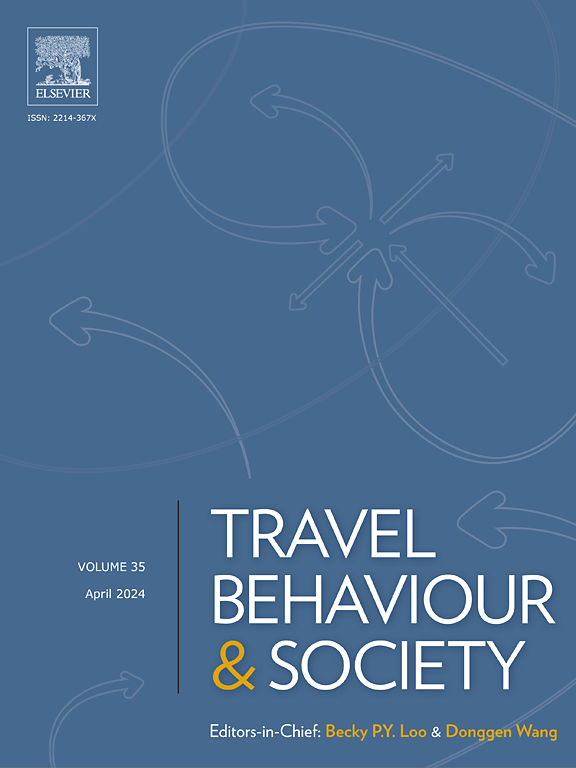Machine learning-based analysis of environmental impact on cycling behavior: A study across multiple Nordic cities
IF 5.7
2区 工程技术
Q1 TRANSPORTATION
引用次数: 0
Abstract
As global urbanization accelerates, traffic congestion and environmental pollution have become critical issues. Cycling, as a green transportation mode, is essential for promoting sustainable urban development. However, the impact of environmental factors on cycling behavior varies among cities, and systematic comparative studies are lacking. This study focuses on five Nordic cities—Reykjavik, Oslo, Stockholm, Copenhagen, and Helsinki—utilizing multi-source data and an improved NRBO-XGBoost model to enhance predictive performance in analyzing the effects of environmental factors on cycling mobility. Through K-means clustering, differences in cycling mobility patterns among these cities are revealed. The results indicate that topographical variation, green space area, air quality, and road density significantly influence cycling flow, with varying impacts across cities. In Copenhagen and Oslo, high densities of commercial facilities and green space coverage promote cycling activity, whereas complex terrain in Stockholm and Helsinki restricts it. Cluster analysis shows that high traffic network density in the city centers of Oslo and Copenhagen enhances cycling flow, and suburban green spaces and water bodies contribute to increased cycling. Conversely, slopes in Stockholm and Helsinki inhibit cycling activity. These findings equip urban planners with both generalizable and targeted insights to optimize cycling infrastructure and promote sustainable urban mobility tailored to each city’s unique environmental conditions.
基于机器学习的环境对骑行行为影响分析:一项横跨多个北欧城市的研究
随着全球城市化进程的加快,交通拥堵和环境污染问题日益突出。自行车作为一种绿色交通方式,对促进城市可持续发展至关重要。然而,环境因素对城市居民骑行行为的影响存在差异,缺乏系统的比较研究。本研究以北欧5个城市——雷克雅未克、奥斯陆、斯德哥尔摩、哥本哈根和赫尔辛基为研究对象,利用多源数据和改进的NRBO-XGBoost模型,提高环境因素对自行车出行影响的预测性能。通过k均值聚类分析,揭示了城市间自行车出行模式的差异。结果表明,地形变化、绿地面积、空气质量和道路密度对自行车流量有显著影响,但不同城市的影响不同。在哥本哈根和奥斯陆,高密度的商业设施和绿地覆盖率促进了自行车活动,而斯德哥尔摩和赫尔辛基复杂的地形则限制了自行车活动。聚类分析表明,奥斯陆和哥本哈根市中心的高交通网络密度增强了自行车流量,郊区绿地和水体有助于增加自行车流量。相反,斯德哥尔摩和赫尔辛基的斜坡抑制了骑车活动。这些发现为城市规划者提供了可概括和有针对性的见解,以优化自行车基础设施,并根据每个城市独特的环境条件促进可持续的城市交通。
本文章由计算机程序翻译,如有差异,请以英文原文为准。
求助全文
约1分钟内获得全文
求助全文
来源期刊

Travel Behaviour and Society
TRANSPORTATION-
CiteScore
9.80
自引率
7.70%
发文量
109
期刊介绍:
Travel Behaviour and Society is an interdisciplinary journal publishing high-quality original papers which report leading edge research in theories, methodologies and applications concerning transportation issues and challenges which involve the social and spatial dimensions. In particular, it provides a discussion forum for major research in travel behaviour, transportation infrastructure, transportation and environmental issues, mobility and social sustainability, transportation geographic information systems (TGIS), transportation and quality of life, transportation data collection and analysis, etc.
 求助内容:
求助内容: 应助结果提醒方式:
应助结果提醒方式:


